Hands On Activities — Earthquakes, Plate Movements, Mountain Making, Volcanoes and other Earth Science Topics
Are you looking for hands-on Earth Science activities? This is a collection of some our favorite activities from our unit.
Layers of the Earth Activities:
I first saw this activity last year at The Learning Ark. It fit in perfectly with our Earth Science unit. There is also a similar activity using a hard-boiled egg in the book we are using for this unit, How the Earth Works by Michelle O’Brien-Palmer. One of the other books we are using, Planet Earth/Inside Out by Gail Gibbons, had some really good description and discussion of the layers of the earth. We used those books along with cards from Free Montessori.org to talk about the inner core, out core, mantle and crust.
As we read about each layer, we colored playdough and added a new layer. We started with a small sphere. We kept adding layers until the ball was covered by the crust:
Then LD looked at the globe and tried to add the continents and oceans. Would you believe, poor LD’s place of birth, Australia, didn’t really fit onto his globe??! He stuck on a tiny, tiny piece of green playdough but it wasn’t much to scale!
Then LD wondered what we’d do with it. His eyes got wide when I pulled out a butcher knife!
But he got right into slicing the world apart!
We were pretty excited by the results. The layers showed up really clearly!
And we could even talk about how different areas were thicker and thinner.
Just to mention–I made a large pot of playdough for the girls in the morning and we added the colors later in the day. If you don’t add the colors when you’re first making playdough BE SURE to wear gloves!!
EARLIER IN THE DAY: The girls were happy with a very light pink — and this worked well for our layers of the earth colors later. Even the inner core looks pretty yellow (the color we decided upon).
We’ll be sharing a few more of our Earth Science Activities in the next couple of days.
Plate Movement and Volcanoes:
Here’s our hands-on studies of tectonic plate movements, 2nd grade style.
We used:
a tray with a thin layer of chilled jello (jelly)
graham crackers for the earth’s crustal plates
colored icing (green-continents and blue-oceans)
You can see LD putting the continent and ocean onto his plate (ie. graham cracker).
We read about the plates and tectonic plate movement and looked carefully at this map. We talked about how when earth was one giant super-continent (Pangaea), India was actually tucked in close to Africa, Australia and Antarctica rather than being a part of Eurasia. This fact is rather important as you’ll see later below.
We put two crustal plates directly onto the red “mantle.” Then I pulled the plates apart and asked the kids what they saw. Obviously they saw the red “lava” and I talked about how new rocks are being formed all the time under the oceans (the Mid-Atlantic Ridge). I read that section from one of our science books. As Gardner’s book put it, “When two plates separate, there is a weakness in the Earth’s crust. Hot magma from the Earth’s mantle may come up between the plates. As the liquid magma cools, it adds new crust to the plates.” (p. 32, Earth Shaking Science Projects About Planet Earth)
Next, we pushed the plates together and showed how at times the magma is forced up between the plates… ie forming volcanoes. We looked at a map that shows the Pacific Ring of Fire (the ring of volcanoes in the Pacific Ocean region). Here’s an example of the Ring of Fire.
>We took two graham crackers and placed them on a plate with a bit of water. Before they became too soggy, LD and I pushed our crustal plates (ie graham crackers) together. This, I told him, is what is happening in India as it pushes into Eurasia. “COOL! Mountains!” LD exclaimed! And do you know what mountains this would be? the tallest ones in the world? “Oh yes, the Himalayas.” What a terrific teaching moment!
More in the next post.
Plate Movement, Earthquakes:

First the kids all made their own layered crust. ED especially enjoyed this!
Then we placed an index card in a larger container and created layers on both sides of the paper.
We moved the index card back and forth and watched as the grains of rice shifted and moved.
The kids really found it fascinating to see how much the rice shifted around. Of course, as you can imagine, the earthquakes became a bit violent as they moved the index card back and forth. We had to reinsert the card a couple of times.
Plate Movements, Pangea:

Next we did a little activity to show how continents could move without some giant hand pulling them apart. This was perfect for the kids, since it let them “see” the continents move without our touching them. I cut the continents out of foam. The kids folded construction paper. First we set the continents close together with a piece of playdough to weight the continents down.
As the kids pulled each side of the construction paper, they could see the continents move apart. We got this idea from Robert Gardners” Earth-Shaking Science Projects About Planet Earth.
The red paper represents the mantle and the next experiment helps the kids understand how and why magma flows.
The mantle is hotter than the crust. This is a terrible picture, but it helped the kids see that heat rises. We took ice cold water and poured it into a jar. We dyed some water green and heated it up. Then LD sucked the hot water with a turkey baster (but I think a eye dropper might work better) and slowly let out the hot/green water. The kids could see the green water streaming upwards toward the surface. This helped the kids understand why magma/lava from the mantle would move up/out of the crust and/or shift about to affect the earth’s plates.
How Fold Mountains Are Formed:
The most common types of mountains are fold mountains. Some fold mountains include the Himalayas, Andes, Rockies, and Alps.
This activity showed how plate movement creates folded mountains.When the two continents collide, the plates wrinkle and fold. Here’s our activity to show this happening. It’s the same principle as the damp graham cracker we did a few days ago, but this shows the “layers” of the earth folding/wrinkling.
Here’s an example of a fold mountain in the Alps in Switzerland (image from wikimedia commons)
Be sure to check out our 150+ page Earth Science Packet! (Lots of new materials have been added recently.)
Learn how to make a earthquake shake table, more than a dozen hands-on activities on the layers of the earth, volcanoes, earthquakes, plate movement and more!
Topics include: Solar System, Layers of the Earth, Earth’s Axis and the Seasons, Latitude and Longitude, Plate Tectonics, Earthquakes, Volcanoes, 4 Types of Mountains
The Earth Science Packet is $9.99. See the Earth Science and Layers of the Atmosphere BUNDLE option below!
Purchase the Earth Science Packet
Cost: $9.99
Don’t forget to check your PayPal email address for the download link.
When you click on the Buy Now button below, it will take you to Paypal. Upon receipt of payment you will immediately get a link to download this pdf in your browser. You will also receive an email from SendOwl Downloads which will give you a link to download. (Check the email linked to your PayPal account.) Of course, if you have any issues just email me at — liesl at homeschoolden dot com. You can also reach me by using the contact form. ~Liesl
Earth Science BUNDLE
Purchase the Layers of the Atmosphere Packet ($6.99) and the Earth Science Packet ($9.99) together in a BUNDLE with the option below.
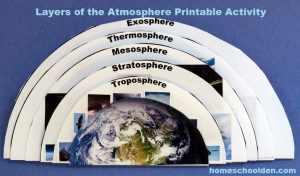
Purchase the Earth Science BUNDLE with the link below:
Earth Science BUNDLE
$14.99
Visit our Store for other packets in science, history, math, spelling and more!
Don’t forget to check your PayPal email address for the download link.
When you click on the Buy Now button below, it will take you to Paypal. Upon receipt of payment you will immediately get a link to download this pdf in your browser. You will also receive an email from SendOwl Downloads which will give you a link to download. (Check the email linked to your PayPal account.) Of course, if you have any issues just email me at — liesl at homeschoolden dot com. You can also reach me by using the contact form. ~Liesl
Again, if you have any questions just email me at — liesl at homeschoolden dot com. You can also reach me by using the contact form. ~Liesl
See you again soon here or over at our Homeschool Den Facebook Page! Don’t forget to Subscribe to our Homeschool Den Newsletter. You might also want to check out some of our resources pages above (such as our Science, Language Arts, or History Units Resource Pages) which have links to dozens of posts. You might want to join our free Homeschool Den Chat Facebook group. Don’t forget to check out Our Store as well. ~Liesl
Again, if you are interested in joining our Homeschool Den Newsletter, feel free to subscribe here:
~Liesl
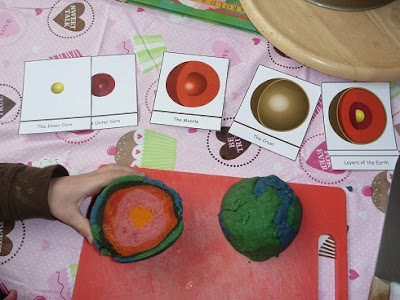



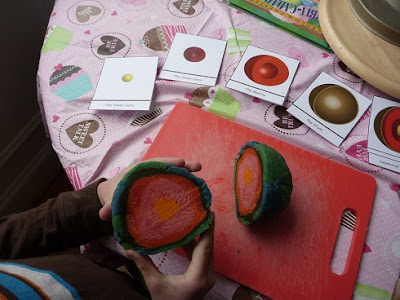



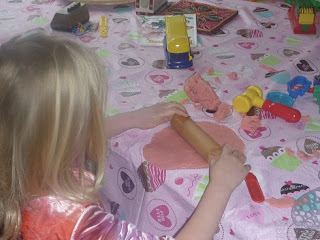
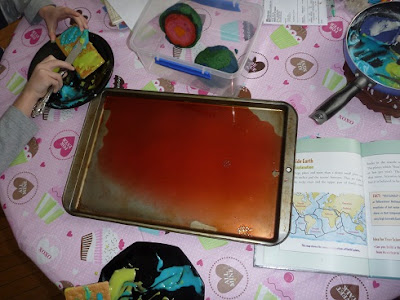

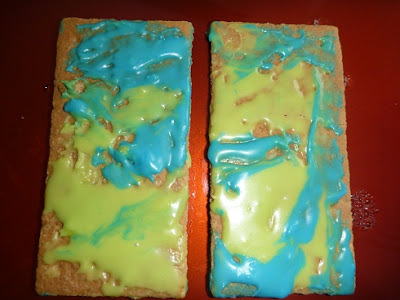

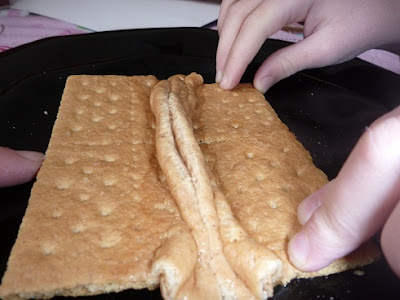








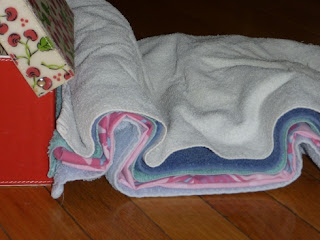
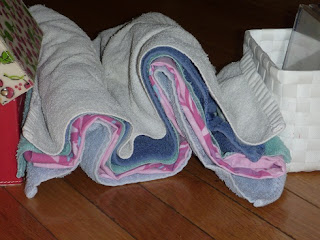
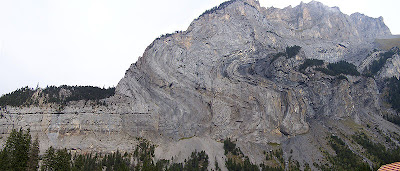

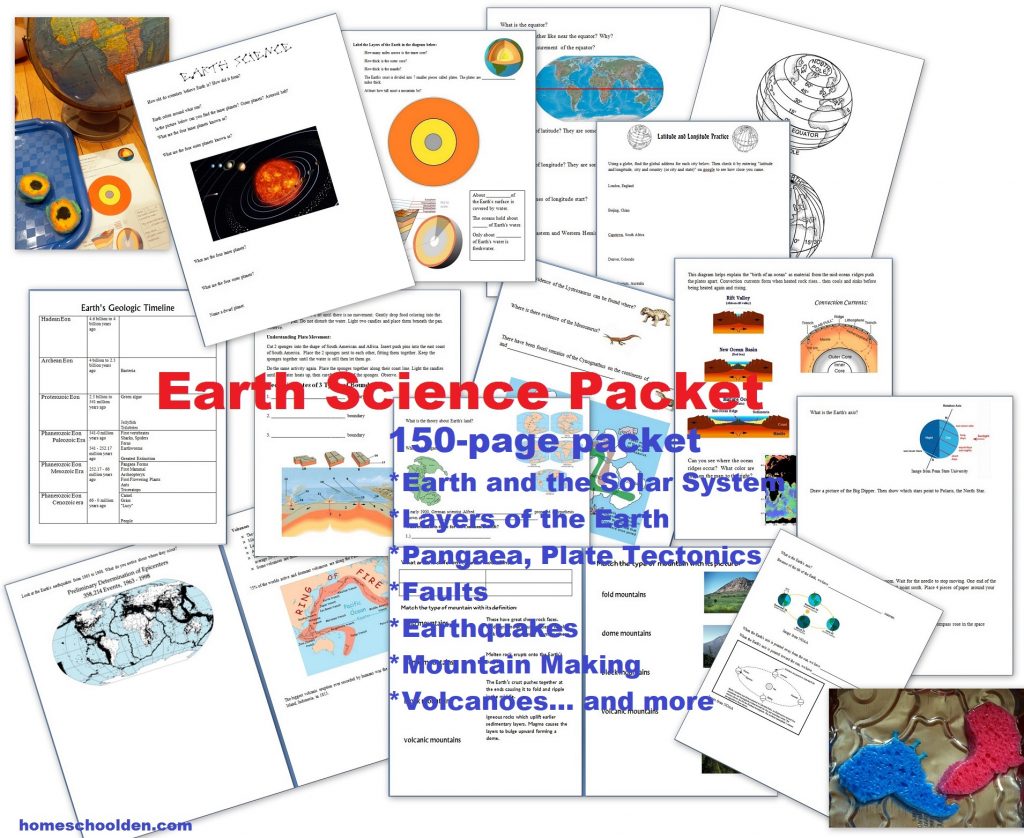
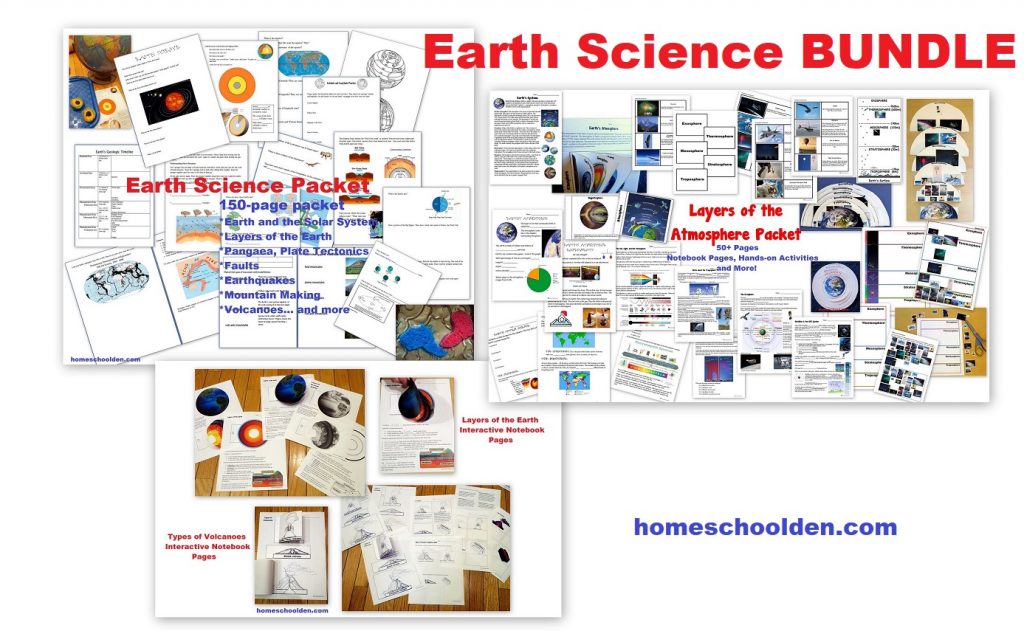
























































Thanks a lot for sharing, Liesl !
I’m a French mum who has lived in England for a year and a half and I started home educating my 7 and a half year-old ten days ago ! She first wanted to work on horses so we did for 5 days (history of their ancestors, where did they first appear and where did they spread, we wrote a little story about a lost foal, made beautiful horse collages…).
She asked questions about earthquakes yesterday so I did my own homework in the evening to be ready for today !
How wonderful it was this morning to make our own planet with its different layers in our home-made colourful salt dough ! She loved it and was able to tell her Dad and her little sister what the inner core was, what it was made of and same thing for all the other layers !
Therefore, it was much easier to work on how earthquakes are caused since the crust and the mantle were familiar notions !
I hope to try other experiments on the same subject tomorrow ! Researching on it on your blog right now !
So thank you very much again and thank LD too 😉
I’m glad these help. We are currently working on an Earth Science unit. You might like this post with another activity we did on plate movements.. http://homeschoolden.com/2014/11/18/earth-science-plate-movement-hands-on-activities/ and we have several volcano and earthquake posts coming up in the next few days. In fact, I just finished tomorrow’s post with our hands-on volcano activities! ~Liesl
One more thing… if you can wait til this next Monday or Tuesday, we have some awesome Earthquake activities I bet your daughter would love (mine did!!)!! 🙂 ~Liesl
Yes, I can wait ! Thank you very much, Liesl. It’s so nice and especially useful as home educating (as they say in England) is so new for me !
Merci beaucoup.